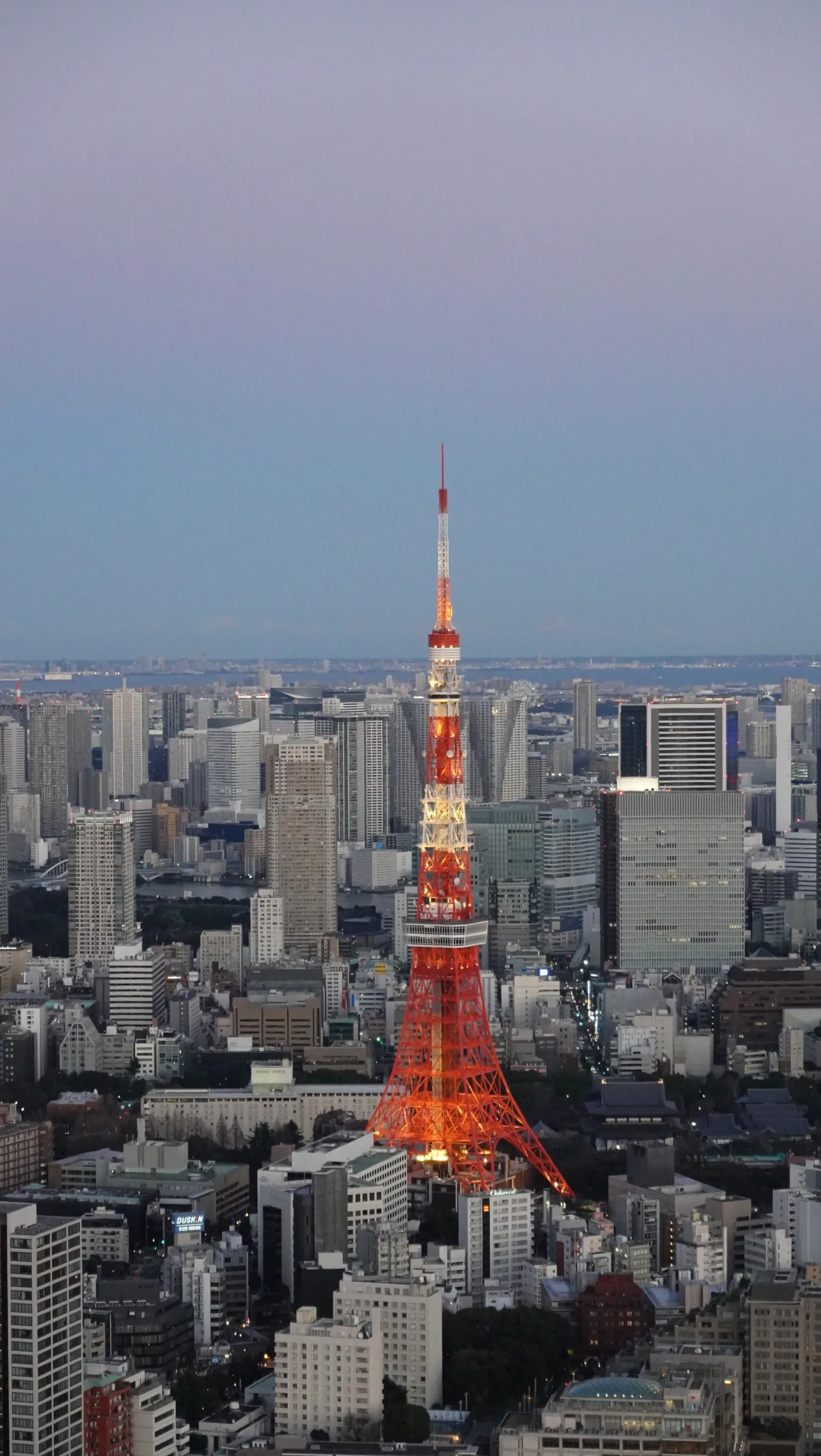Hey there, fellow history enthusiasts! Today, I want to take you on a fascinating journey through time as we explore the captivating story of how Tokyo got its name. Join me as we dive into the rich history behind the relocation of Japan’s capital from Kyoto to Tokyo and discover the origins of the vibrant metropolis we know and love today.
Farewell Kyoto, Hello Tokyo
A Capital Transformation When it comes to capitals, Japan sure knows how to shake things up. Just like a fresh breeze on a hot summer day, the decision to move the capital from Kyoto to Tokyo brought a new wave of change. It all began in 1868 when Emperor Meiji took the helm and embarked on a mission to modernize the nation. One crucial step in this grand transformation was to shift the capital closer to the sea, opening Japan’s doors to the world.
Edo: The Seed that Sprouted Tokyo
Now, before we jump into the naming of Tokyo, we need to talk about its roots. You see, long before Tokyo graced the world map, it was known as Edo. Back in the 15th century, Edo was nothing more than a sleepy fishing village. However, fate had grand plans for this humble settlement. In 1603, Tokugawa Ieyasu, the shogun of Japan, chose Edo as his power base, and the village transformed into a bustling castle town.
Tokyo Rising
The Birth of a New Capital Fast forward to the late 19th century, and the decision to shift the capital had been made. It was time for Edo to rise from its feudal cocoon and transform into the vibrant butterfly we now know as Tokyo. The new capital would symbolize the dawn of a modern era, embracing change, progress, and innovation.
Unveiling the Name
Tokyo Takes Center Stage But how did Edo become Tokyo? Well, my curious friends, let me enlighten you. When the decision was made to relocate the capital, the powers-that-be faced the pressing task of choosing a new name for this grand city. After much contemplation and brainstorming, they settled on “Tokyo,” which literally translates to “Eastern Capital.” Simple, elegant, and straightforward, it perfectly encapsulated the city’s new role and direction.
Now, let’s dig a little deeper into the meaning behind the name. “To” means “East” in Japanese, reflecting the city’s location on the eastern shores of Honshu, Japan’s main island. “Kyo” comes from “kyo-to,” meaning “capital.” So, when you put it all together, Tokyo becomes the “Eastern Capital” or the “Capital of the East.” How fitting for a city that would soon become the epitome of progress and modernity in Japan.
The Transition and Tokyo’s Meteoric Rise
With the capital’s name chosen, the stage was set for Tokyo’s meteoric rise. Construction projects, infrastructure development, and an influx of people from all corners of the nation transformed the cityscape. Tokyo quickly became the vibrant, dynamic hub we know today, teeming with life, culture, and endless opportunities.
Tokyo: Embracing Tradition Amidst Modernity
While Tokyo has embraced modernity with open arms, it has also managed to preserve its historical and cultural heritage. Amidst the towering skyscrapers and bustling streets, one can still find hidden pockets of traditional Japan. From the serene Meiji Shrine to the historic temples of Asakusa, Tokyo beautifully juxtaposes the old and the new, creating a captivating tapestry of traditions and innovation.
Summary
And there you have it, my friends—the intriguing tale of how Tokyo got its name. From its humble beginnings as Edo, a fishing village, to its transformation into the dynamic capital of Japan, Tokyo has come a long way. The decision to move the capital was a pivotal moment in Japanese history, marking the country’s embrace of change, progress, and global connections.
With its name symbolizing the “Eastern Capital,” Tokyo has become an emblem of the nation’s resilience and determination to thrive in the face of adversity. Today, this bustling metropolis stands as a testament to Japan’s rich cultural heritage, its technological advancements, and its ability to preserve tradition amidst the whirlwind of modernity.
So, the next time you find yourself wandering through the vibrant streets of Tokyo, take a moment to appreciate the significance behind its name. Remember the journey it has taken, the transformations it has witnessed, and the dreams it continues to inspire. Tokyo, the Eastern Capital, beckons you to explore, discover, and create your own story within its energetic embrace.
As we conclude our journey into Tokyo’s past, let us celebrate the spirit of this remarkable city and its people—their resilience, innovation, and unwavering commitment to progress. Tokyo’s story is a testament to the power of change, the beauty of cultural fusion, and the endless possibilities that lie within a name.
So, here’s to Tokyo—the Eastern Capital that shines as a beacon of hope, inspiration, and dreams. May it continue to captivate our hearts and ignite our imaginations for generations to come.
Cheers to Tokyo, a city that never fails to amaze!

